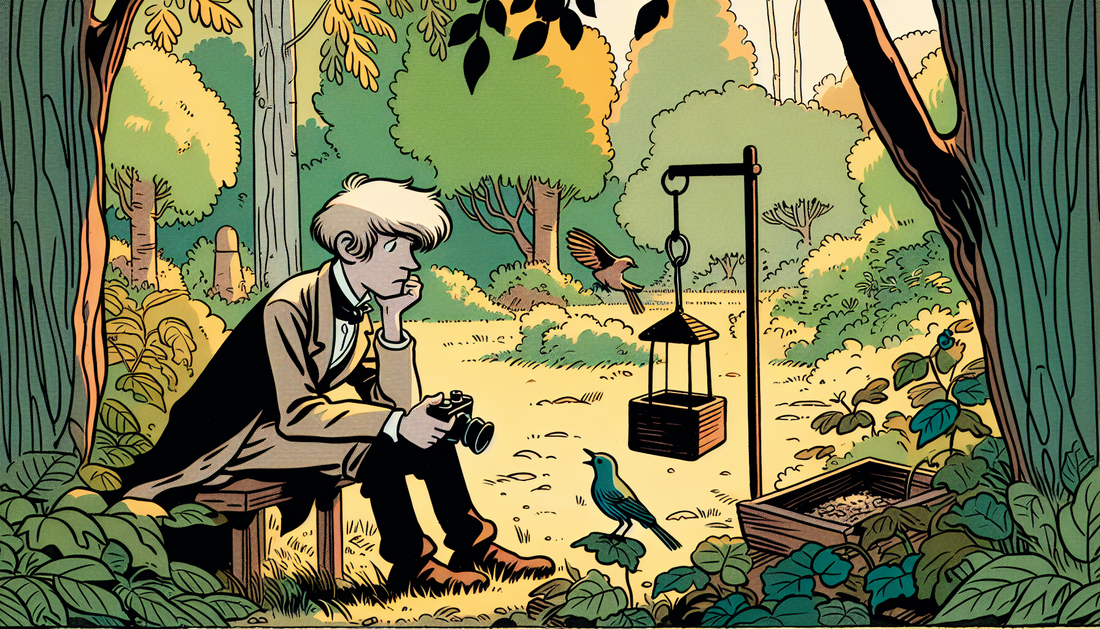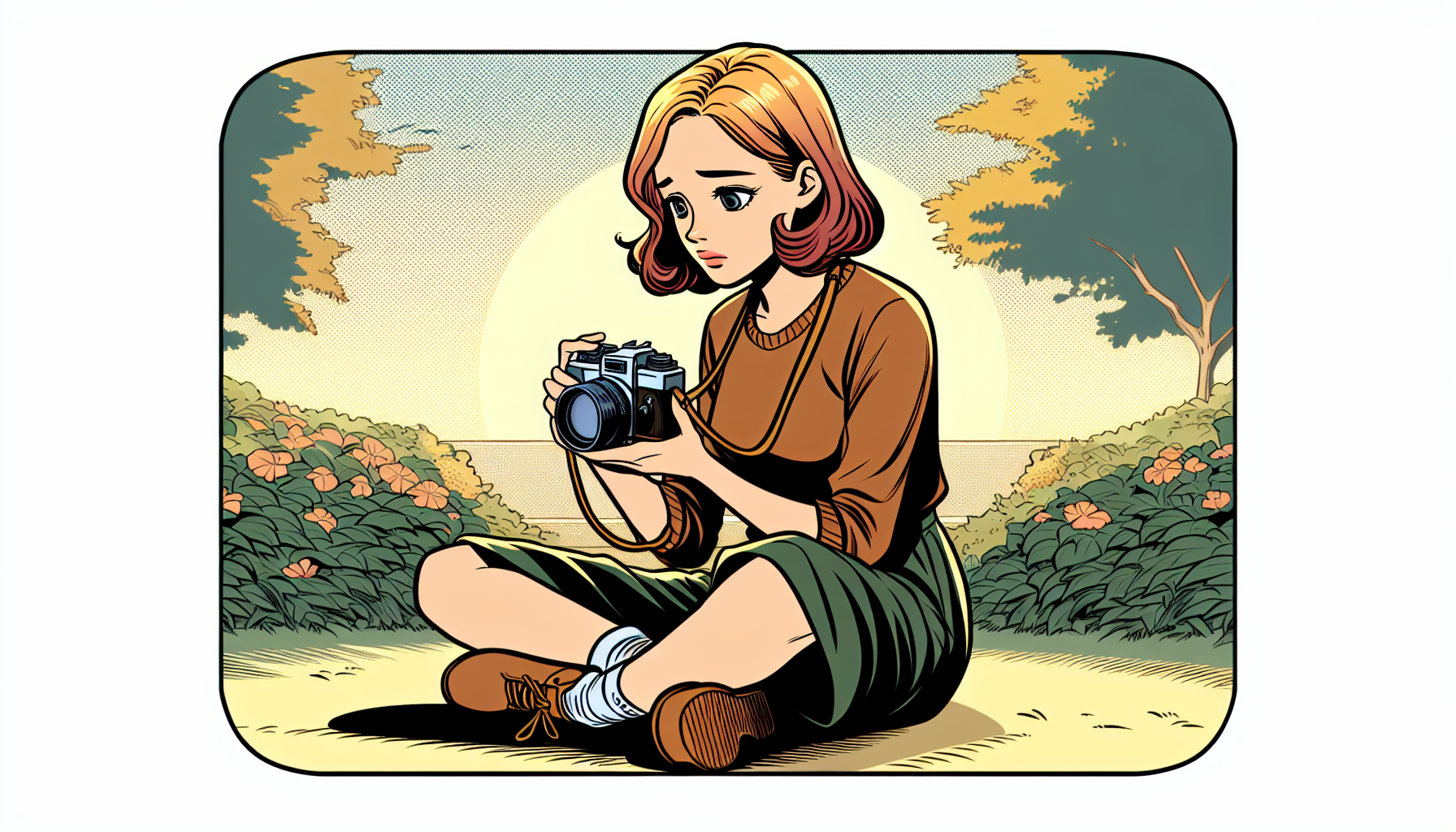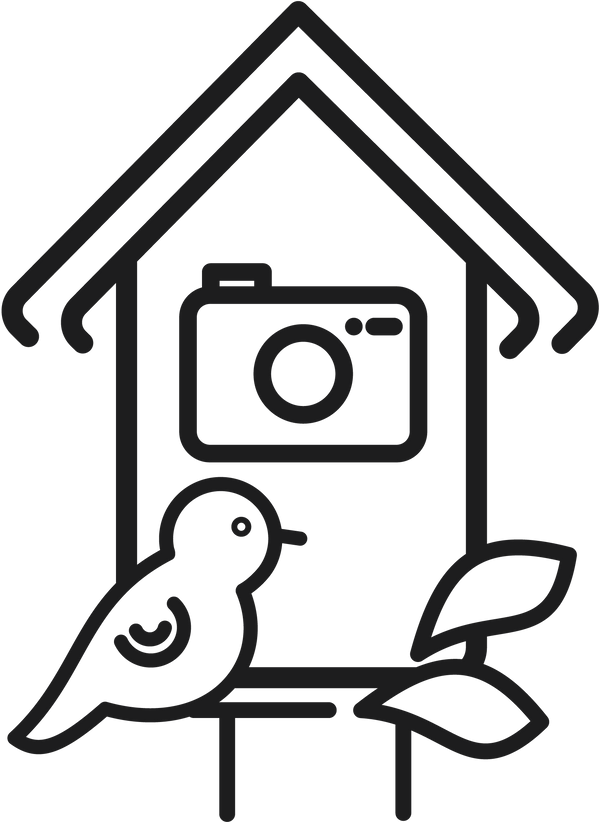
Bird photography in the garden: tips for impressive shots
Do you enjoy watching birds in your garden or from your balcony and want to capture the fascinating moments in a picture? Then you may be wondering how you can take beautiful bird photos without disturbing the animals or missing out on perfect subjects. Beginners in nature photography in particular are often unsure about camera selection, bird behavior and legal requirements.
This guide provides you with step-by-step instructions for successful birdwatching with a camera in your own garden. From the right technology, camouflage, time of day and location to bird-friendly garden design - you will be able to take impressive pictures of nature. At the same time, you will contribute to the protection of native species and promote your personal connection to nature on your own doorstep.
Which birds can be photographed in the garden - and when is the best time?

You can observe many bird species in your garden all year round. The most common inhabitants include blackbirds, great tits, robins and house sparrows. In spring and fall, migratory birds such as redstarts and goldfinches can also be seen.
Knowing the activity rhythm of the birds is crucial for good photos. The birds are particularly active in the morning shortly after sunrise and in the late afternoon hours.
Seasonal differences in bird activity
The breeding season begins in spring. During this phase, many birds actively build nests and care for their young - often within sight of bushes or nesting boxes. Summer brings more restlessness, as young birds are fledged and scattered.
In fall and winter, birds increasingly visit feeding sites, which creates clear observation points. Tits, hawfinches and sparrows can be photographed particularly well at feeders during the cold season - ideal for still shots from a short distance.
Which camera is suitable for birdwatching in the garden?
The right camera determines the success of your bird photos. While modern smartphones can be sufficient for spontaneous snapshots, system and SLR cameras offer more options in terms of zoom, lighting conditions and continuous shooting.
Smartphone or camera - which is better for taking bird photos?
- Smartphones deliver decent results in good light and at short distances. Their strength lies in their quick readiness for use and good app control.
- System and SLR cameras (e.g. Canon EOS RP or Fujifilm X series) allow precise work with telephoto lenses, ISO values and fast shutter speeds - ideal for fast subjects or shots in low light.
Beginners often benefit from mirrorless models with interchangeable lenses - they are more compact, easier to use and flexibly compatible for shooting situations in the garden.
Important accessories for successful bird photography
A telephoto lens with a focal length of at least 300 mm is essential for bird photography. Zoom lenses in the 100-400 mm range are even better - flexible and cheaper than special optics.
- A sturdy tripod helps to prevent camera shake when taking zoom shots
- Teleconverters or extension rings extend the range without a high price tag
- Camouflage nets or tents reduce interference and increase the success rate
- Remote triggers (wired or via app) minimize movement
Make sure you have enough batteries and memory - spare devices are particularly useful for long observations at the weekend or in the early hours of the morning.
Successful shots with technology and planning
Birds are fast, sensitive and usually difficult to predict. But with a little preparation and technical flair, you can significantly increase your chances - without frightening the birds.
Choice of location and camouflage: inconspicuous observation
Choose a fixed location with a good view of the feeding station, nest box or favorite tree. A position on the balcony, by the garden window or under natural visual barriers such as shrubs is ideal.
A camouflage net or a green garden tarpaulin is often enough to make your silhouette disappear. You can work even more discreetly with a remote shutter release or a camera with Wi-Fi function that can be controlled from home via an app.
Make conscious use of light and movement
Good light is crucial: the early morning hours offer soft, warm light and increase your chances of success. Avoid shooting in the midday sun - it produces harsh shadows.
As birds often move jerkily, short exposure times (at least 1/1000 of a second) are required. Use continuous shooting mode and adjust the aperture and ISO to the lighting conditions. A wide-open aperture (e.g. f/5.6) creates a beautiful bokeh with a lively subject and calm background.
What should I bear in mind when protecting the birds?
Consideration is essential when photographing wild birds. In Germany, various laws protect breeding grounds, nests and the natural behavior of native bird species.
Legal basis for nature photographers
According to the Federal Nature Conservation Act (§44 BNatSchG), protected species may not be disturbed during the breeding season. It is also forbidden to search for or photograph nests without permission. The EU Birds Directive also ensures uniformity in species protection.
Avoid using flashlights, wild conversions or approaching animals in a provoked manner - all of these can be considered disturbance.
How to photograph responsibly
- Observe from a safe distance with a telephoto lens
- Do not attract animals with loudspeakers or artificial feeding
- Avoid tracks at the site - no trampling, no cutting of branches
A careful approach to the environment ensures authentic images and at the same time protects the animals' home. For more information, we recommend taking a look at nabu.de
How do I make my garden bird-friendly - and photo-friendly?
A structurally rich natural garden attracts many birds and offers a variety of photo opportunities all year round. Even small changes can significantly increase biodiversity.
Set up optimal feeding areas and nesting boxes
Hang feeders out of the weather, ideally with a view of a refuge such as a hedge. A distance of two to three meters from the nearest source of shade protects the animals from cats and birds of prey.
Nest boxes should be installed at least two meters high and away from the garden path. The hole size depends on the bird species - e.g. 32 mm for great tits, 28 mm for blue tits.
Design the garden structure specifically
- Plant native shrubs such as elder, hawthorn or privet
- Avoid poisons and artificial fertilizers
- Piles of leaves and dead wood as insect hotspots also encourage insectivores such as wrens
- Water points such as bird baths or small ponds offer additional viewing and resting points
A near-natural garden not only supports biodiversity - it also provides you with unique photo opportunities right on your doorstep all year round.
Conclusion: Impressive bird photos with a little technique and patience
Photographing birds in the garden combines closeness to nature with technical fascination. If you consciously design your garden, know your camera and observe with respect, you will be rewarded with authentic motifs.
Whether spontaneously with a cell phone or thoughtfully with a telephoto lens - each method has its strengths. The important thing is to remain calm while waiting, have a good eye for light and movement and enjoy nature.
Start now: set up a small feeding station, keep your camera to hand - and discover how alive your garden really is.
Frequently asked questions about bird photography in the garden (FAQ)
What time of day is best for birdwatching?
You have the best chances in the early morning and late afternoon. This is when most species are actively foraging.
How close can I photograph at feeding stations?
Stay at least three meters away or use a telephoto lens. For authentic shots, photograph through the window or with a camouflage net.
Which camera is recommended for beginners?
Mirrorless system cameras with a 100-400 mm telephoto zoom are suitable for beginners. They offer good image quality and are easy to use.
Do I also need to feed birds in the garden?
In the fall and winter, additional feeding makes sense. In summer, a varied garden with natural food sources is usually sufficient.
How do I avoid endangering birds with my photographic equipment?
Make sure that tripods are not an obstacle. Avoid cables on the ground and secure technical equipment well in case of wind or rain.
